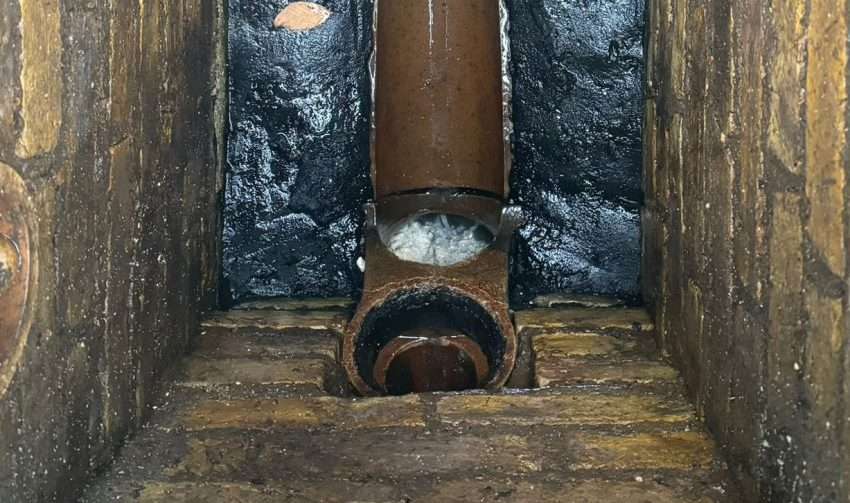If you live in Southampton or the surrounding areas, there’s a good chance your drainage system has an interceptor trap lurking underground. While these devices were once considered a clever bit of engineering, for many homeowners today, they’re more of a headache than a help.
What is an Interceptor Trap?
An interceptor trap, also known as a clay interceptor trap or manhole interceptor, is a special section of pipe designed to catch debris and prevent certain materials from entering the main sewer. They were commonly installed in older properties — especially before modern drainage regulations came into play.
The trap is usually located within a manhole, often made from clay, and shaped to create a water seal. This seal was intended to stop foul smells and vermin from coming back up the line.
Why Were Interceptor Traps Installed?
Back in the day, public health concerns were a driving force for drainage design. Interceptor traps acted as a barrier, preventing disease-carrying pests like rats from travelling into homes through drains. They also caught heavier debris before it could cause blockages further down the sewer system.
The Problems With Interceptor Traps Today
While the original idea made sense, modern drainage systems have far outgrown these designs. Interceptor traps are now infamous for:
- Acting as a bottleneck in the drainage system.
- Collecting silt, grease, and debris, leading to frequent blockages.
- Being difficult and costly to clear once they’re blocked.
- Weak clay construction that’s prone to cracks and collapses.
Many homeowners only discover they have an interceptor trap when their drains start backing up. By then, it’s often a messy, urgent problem.
Modern Solutions for Interceptor Trap Problems
At Southampton Drains24, we’ve dealt with countless drainage interceptor traps over the years. Our approach is tailored to your property and budget:
- CCTV Drain Surveys to locate and inspect the trap, assessing its condition.
- High-Pressure Water Jetting to clear stubborn blockages.
- Interceptor Trap Removal where possible, replacing with modern, free-flowing pipework.
- CIPP Drain Lining to repair and strengthen without the need for major excavation.
Why Removing or Modifying an Interceptor Trap Makes Sense
Replacing an old clay interceptor trap with modern drainage solutions can:
- Improve water flow and reduce blockages.
- Eliminate unnecessary bottlenecks.
- Lower long-term maintenance costs.
- Keep your home compliant with current drainage best practices.
Serving Southampton and Surrounding Areas
Whether you’re in the heart of Southampton or nearby towns, our team is available 24/7 to deal with interceptor traps, blocked drains, and any other drainage issues. No call-out fees, no hidden charges — just experienced engineers and guaranteed results.
If you suspect you have a clay interceptor trap or you’ve been battling recurring drain blockages, give Southampton Drains24 a call today. We’ll get things flowing again — fast.

